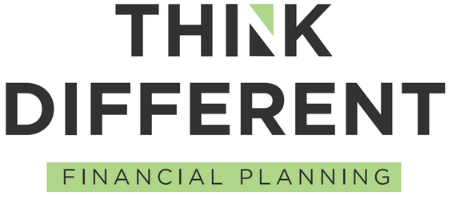For many investors, index funds are the easiest and most effective ways to build long-term wealth. And for good reason — they offer:
1. Diversification. Index funds spread your money across hundreds, or even thousands, of companies, reducing the risk tied to any single stock.
2. Low Cost. Because index funds are passively managed, they typically have much lower fees than actively managed mutual funds.
3. Strong Performance. Index funds often outperform actively-managed funds, thanks in part to lower fees and consistent market exposure.
But what if you could get all those benefits, but with more control and additional tax benefits? That’s where direct indexing comes in.
It’s an investing strategy where you buy the individual stocks that make up a market index — like the S&P 500 — instead of investing in a fund that tracks the index.
You still get broad market exposure, but because you own each stock directly, it opens the door to some big benefits:
1. 🎯 Customization
If you would like to exclude companies or industries, that’s possible.
For instance, if you have pre-existing company stock, direct indexing can work around that holding — avoiding overlap or concentration risks, while still delivering broad market exposure.
2. 💰 Tax Efficiency
This is where direct indexing really shines. Even in years when the market goes up, many individual stocks decline:
Direct indexing allows you to sell those positions at a loss. We replace those positions with a similar company (e.g., selling MasterCard and replacing it with Visa), so the portfolio maintains a diversified profile.
The realized loss can then be used to offset gains from somewhere else, usually a highly-appreciated company stock. This strategy is called “tax loss harvesting,” and it helps improve your after-tax returns.
Is Direct Indexing Right for You?
Direct indexing is a good fit for those who meet the following criteria:
1. You’re in a high tax bracket.
2. You have large, unrealized gains (typically from a concentrated stock).
3. You have a sizable brokerage account ($500k+).
Frequently Asked Questions
1. How Much Does it Cost?
0.20% of the managed portfolio, per year. This fee goes to the portfolio administrator, not Think Different Financial Planning.
2. Does this work with stocks and bonds?
We only implement direct indexing for the for stock side of the portfolio.
3. Can this be done in a retirement account, like an IRA?
It can be implemented in a retirement account, but to get the full tax benefits, you would want to use this investment approach in an after-tax account, such as a brokerage, trust account, etc.
For many investors — especially those looking for a more personalized and tax-efficient way to invest — direct indexing is a compelling investment approach.
If you’re interested in learning more, please reach out.

